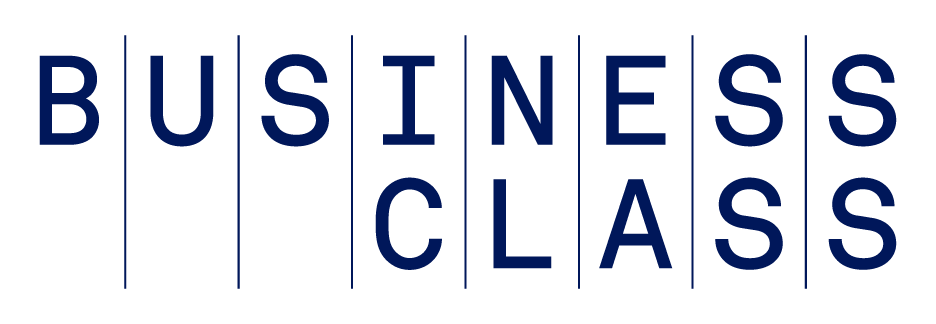While small-business owners grapple with double-digit inflation, their customers are doing the same. According to the Bureau of Economic Analysis Personal Income and Outlays report released at the end of June 2022, overall consumer spending rose by 0.2 percent in May, down from 0.9 percent in April.
With spending cooling, a trickledown dip in sales is inevitable for SBOs, notes Ian Kane, co-founder of COSLR.com, a sales activation platform. “We're seeing the highest inflation rates in 40 years and salaries are not keeping up with these costs. When consumers pull back on spending, small-business owners are hit hard," says Kane.
“While every company fears the term recession, this reality is especially concerning for small enterprises,” says Christena Garduno, chief executive officer of Media Culture, a multichannel media agency. “Ultimately, the key to navigating a company downturn is preparedness and strategy.”
Steps to Boost Sales
A slowdown in spending and resulting stagnant profits may be a reality of doing business in today’s inflationary climate, but you control how your company responds and rises to the challenge.
“Running a business requires being prepared for anything thrown your way, including weathering a business slowdown,” says Arjun Mahadevan, co-founder and CEO of doola, a business formation assistance company. “The good news is there are specific tactics you can deploy to survive a downturn and emerge even stronger.”
Almost every product or service could have a value-added accessory or something that may not generate a significant profit but will aid in selling your principal offerings. If you can bundle a smaller item with a bigger purchase, you can improve the perceived value of your best-selling products.
—Christena Garduno, chief executive officer, Media Culture
1. Continue marketing.
“During a slowdown in spending, it is more crucial than ever for companies to remain top-of-mind with consumers by continuing to market,” says Garduno. “Recessions are often distressing for everyone. With so much tension diverting attention, it is easy for a business to be overlooked or lost in the shuffle.”
Continued marketing – even in scaled back form – is critical to ensure your clients and prospects don’t forget about you.
“If paid marketing is working for your business, consider capping marketing spending rather than stopping,” says Mahadevan. “That allows you to re-ramp up later versus having to re-optimize and build a conversion channel from scratch.”
2. Alter your messaging to reflect the times.
Ensure that communication with clients is in line with current times, suggests Garduno. “Demonstrate the genuine value you provide to their lives in today’s economic setting,” she says. This approach keeps your brand in front of them in an authentic way that lets them know you understand and empathize with their circumstances.
3. Keep up appearances.
“Make sure your branding remains strong and consistent across all channels,” says Brenton Thomas, founder, marketing manager and CEO of Twibi, a full-service digital marketing agency. “This includes social media, your website and any marketing materials you use. If you have a brick-and-mortar location, keep it clean, well-lit and inviting.”
4. Be more creative with pricing.
Innovative pricing tactics can distinguish your products from that of rivals while boosting sales and profitability.
“Consider offering an introductory rate for new customers or a thank you discount for longtime clients,” says Garduno. “If you have a brick-and-mortar location, lower pricing during sluggish periods. When such plans are implemented properly, clients obtain more value while spending more money on your products.”
5. Add value to goods or services through packaging.
“Consumers like feeling like they are receiving a bonus, particularly when reducing their expenditures,” says Garduno. “Almost every product or service could have a value-added accessory or something that may not generate a significant profit but will aid in selling your principal offerings. If you can bundle a smaller item with a bigger purchase, you can improve the perceived value of your best-selling products.”
6. Make existing customers a priority.
“When business is slow, it's more important than ever to focus on building relationships, not just making sales,” says Thomas. “Make an effort to get to know your customers on a personal level and show them that you care about them. When you build trust and rapport, people are more likely to do business with you, even when times are tough.”
7. Ping past customers.
“A downturn in business is the ideal opportunity to contact prior customers,” says Garduno. “Send them a brief email inquiring about their status since the last time you dealt with them. Also give them an update on what you've been working on or provide a link to a blog article they may find interesting. They will appreciate you taking the time to check on them, and this may result in sales.”
8. Reward customer loyalty.
Whether the loyalty program consists of basic punch cards or a more complicated point system, the intent is the same. You monitor client purchases and respond by rewarding them for their patronage with free products or discounts. Customers respond by returning so they eventually receive the reward.
“Use a formal reward program or incentivize consumer spending through limited discounts extended to those who have spent with you previously,” says Kane. “An offer such as spend $200 to get $30 off translates to a 15 percent discount, but it could bring in more revenue for your business if the customer historically only spends $100.”
9. Establish a referral program.
“Referral programs are excellent for acquiring new clients and rewarding those who have suggested your company," says Garduno. “Compensating the referrer with cash, free products, or discounts gives them additional incentive to continue to buy at your business.”
10. Focus on conversion rate optimization (CRO).
If you sell online, employing conversion rate optimization (CRO) on your website can greatly increase sales. High CRO results in visitors who enter your conversion funnel and become customers. The best way to increase CRO is to run conversion rate optimization campaigns on a consistent basis.
Photo: Getty Images







